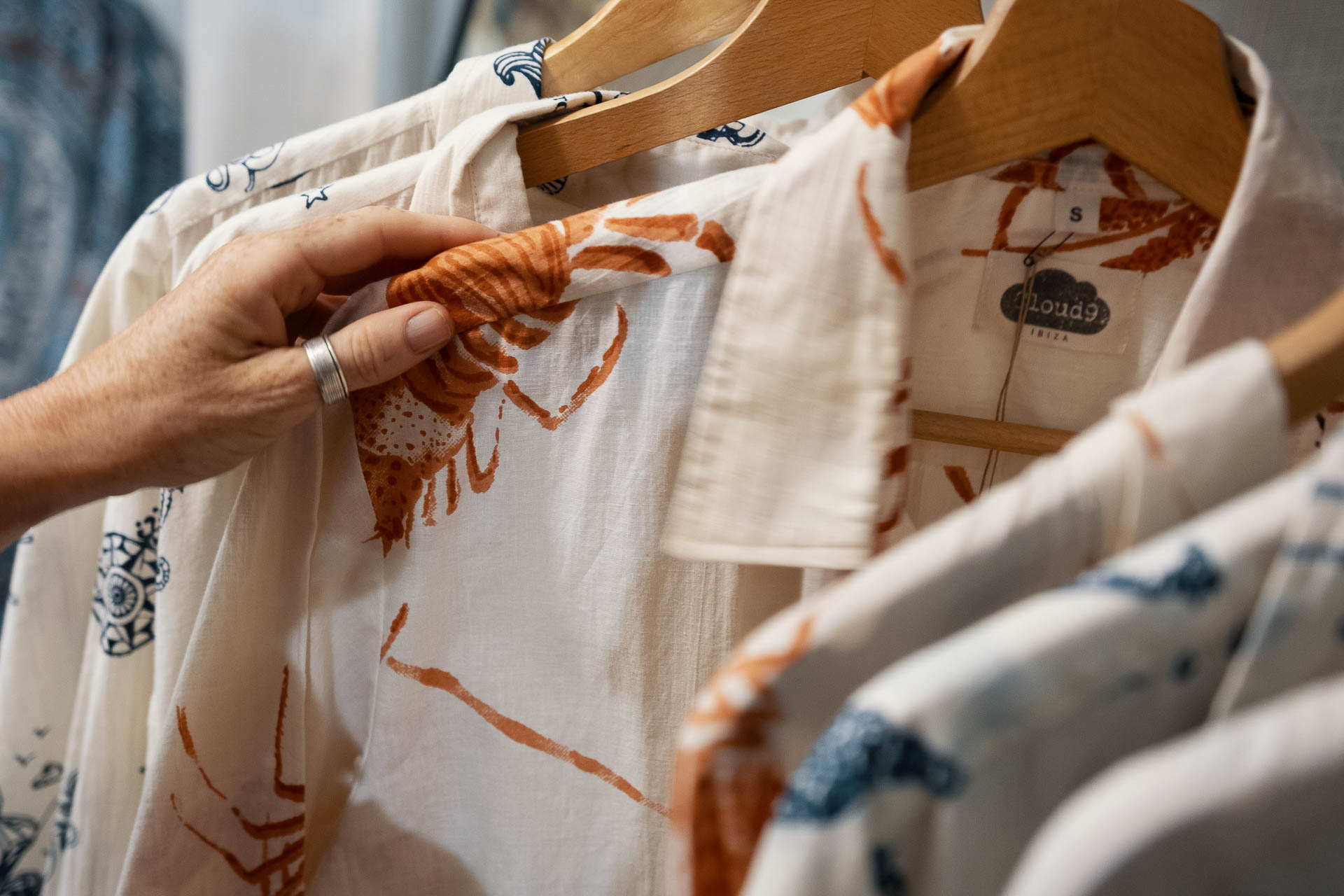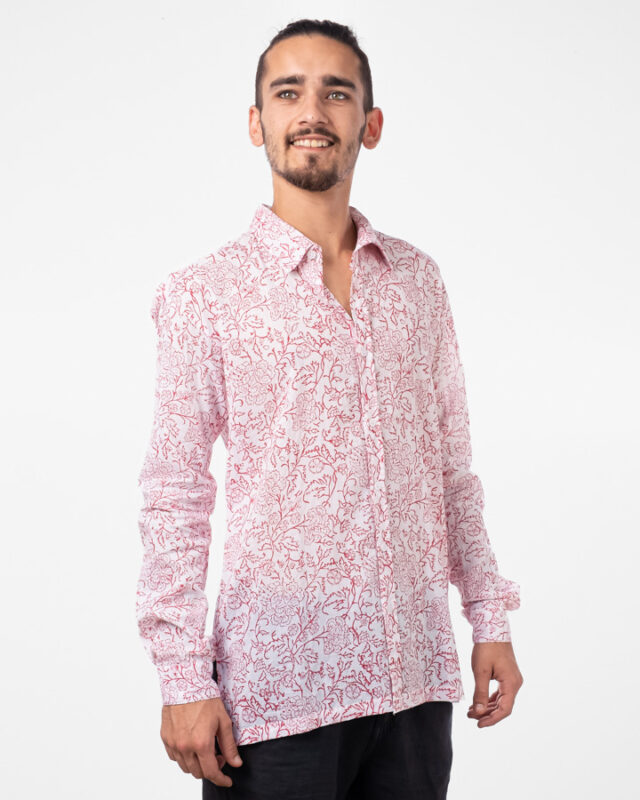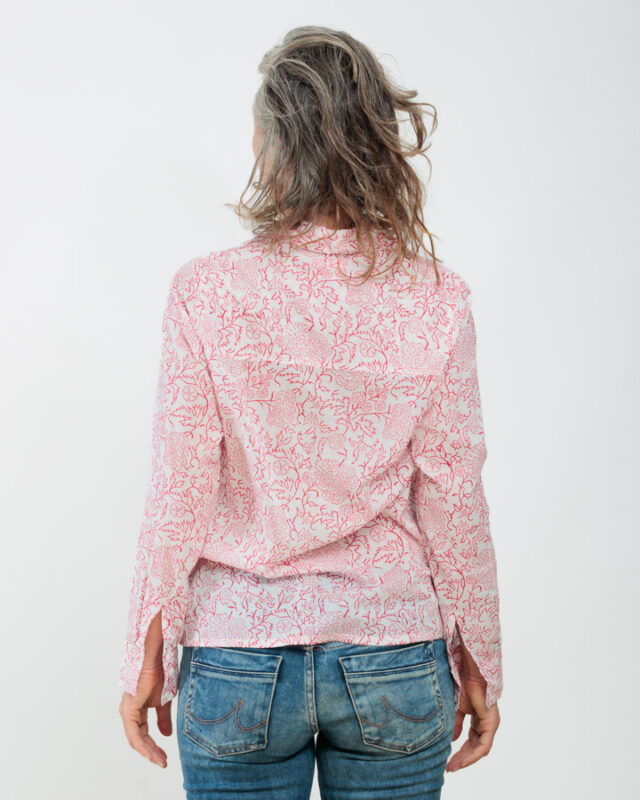From ancient history to Hippie Culture to Modern Artistry
In the realm of artistic expressions, few techniques have bridged the gap between history and countercultural movements as seamlessly as block printing. Rooted in ancient traditions and revered for its intricate designs and tactile charm, block printing gained renewed prominence during the hippie era of the 1960s and endures to this day. Let’s delve into the origins of block printing, explore its connection with the hippie culture of the 1960s, and examine its enduring relevance in contemporary art and fashion.
The origins of block printing can be traced back over two thousand years, with its earliest recorded evidence found in ancient Egypt and China. However, it was in the Indian subcontinent where the art form truly flourished and left an indelible mark on the cultural fabric of the region. Skilled artisans carved intricate patterns onto wooden blocks, which were then dipped in dye and stamped onto fabrics of vivid colors.

In the 1960s, a wave of Western youth embarked on a transformative journey to seek spiritual enlightenment, fueled by a desire to break free from societal norms. Many flocked to India, particularly to places like Goa and Rishikesh, immersing themselves in the country's rich cultural tapestry. Block printing became an integral part of the hippie aesthetic, resonating with their quest for individualism and creative expression.
The vibrant colors, delicate designs, and handcrafted nature of Indian block prints captivated the hippies. They adorned themselves with flowing block-printed garments, embracing a bohemian style that rejected conformity.
As the hippie movement spread its wings, a Mediterranean paradise became a haven for countercultural expression. The Spanish island of Ibiza, with its bohemian lifestyle and vibrant music scene, attracted a diverse mix of artists, musicians, and free spirits. It was during this era that block-printed fabrics, sourced from India and other exotic destinations, found their way to Ibiza. The eclectic and free-spirited atmosphere of Ibiza embraced the ethos of the hippie movement, and block-printed fabrics became highly sought-after fashion statements. The colorful textiles adorned beachwear, flowing dresses, and bohemian home décor, reflecting the island's vibrant and carefree lifestyle.
The bohemian fusion of Western exotic motifs and psychedelic colors and Eastern influences resulted in unique clothing styles that embodied the spirit of the time.
The island's vibrant nightlife and energetic atmosphere became a backdrop for these unconventional fashion statements, solidifying block printing's place in the subculture of the 1960s.


The influence of block printing has not waned over the years; instead, it has continued to evolve and find new avenues of expression in contemporary art and fashion. In recent times, there has been a resurgence of interest in sustainable and handcrafted practices, and block printing has gained renewed appreciation for its eco-friendly nature.
Artists and designers around the world have embraced block printing, integrating it into their creations to evoke a sense of nostalgia and individuality. From clothing and accessories to home decor and art installations, block prints have become synonymous with craftsmanship, authenticity, and a connection to the past.
Moreover, block printing has found a place in the realm of social activism, as artists use this medium to promote cultural diversity, celebrate indigenous traditions, and raise awareness about environmental issues. The versatility of block printing allows for the exploration of contemporary themes while honoring its historical roots.
Block printing’s journey from ancient China and Egypt to India, Ibiza and beyond showcases its timeless allure and enduring relevance. As we embrace the beauty and cultural significance of block printing, we pay homage to the creative spirit and the interconnectedness of cultures that have shaped our world. May we continue to make connections with the past while forging a path towards a more sustainable and expressive future.






























 Women
Women Men
Men Kids
Kids